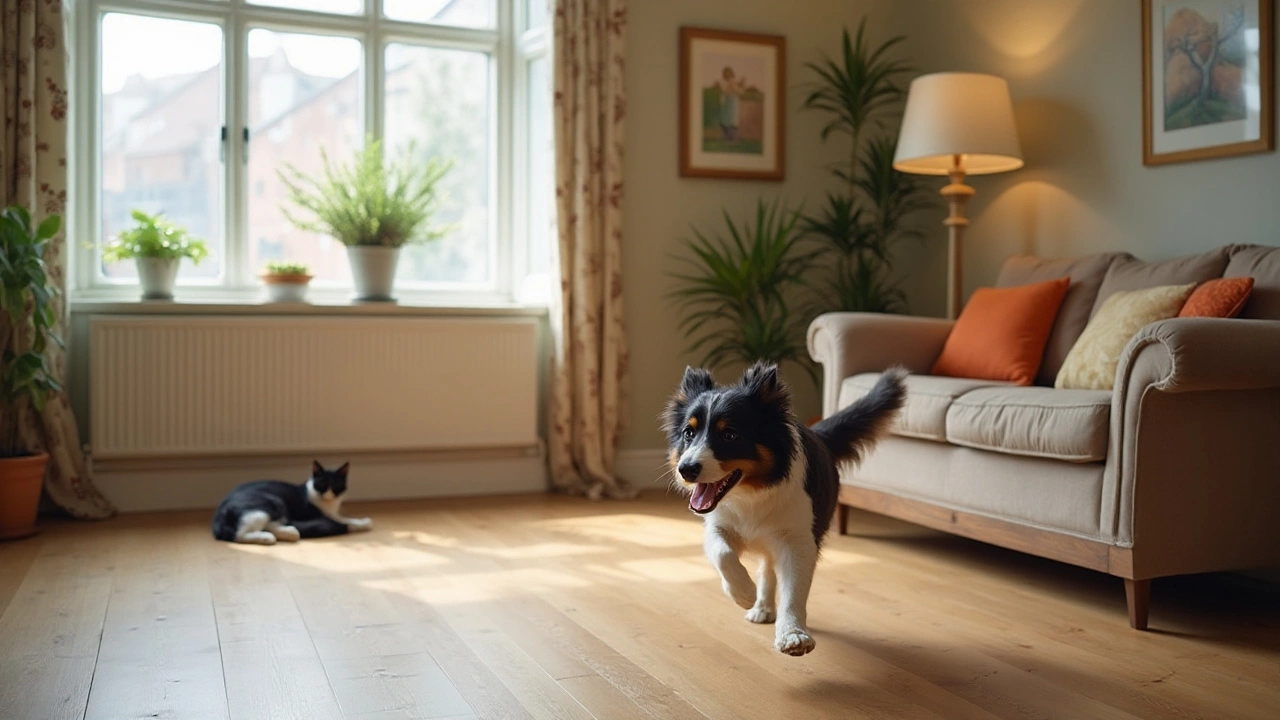If you love your cat but hate constant alarms, you’re not alone. A pet sensor is just a motion detector that can tell the difference between a furry friend and an intruder. In plain English, it’s a gadget that lets you protect your house while letting your pet roam freely.
Most pet‑friendly sensors use a combination of infrared heat signatures and adjustable sensitivity settings. Cats are smaller and cooler than humans, so the sensor can be set to ignore anything below a certain size or temperature. Some models even let you draw a virtual “pet zone” on a mobile app, so any movement inside that zone won’t trigger an alert.
1. Adjust the sensitivity. Start low and increase only if you notice real intrusions slipping past. 2. Place the sensor high. Mount it near the ceiling where a cat’s jump won’t reach. 3. Use pet‑mode. Many brands have a “pet mode” button – flip it on when you’re at home.
4. Combine with a camera. A camera with live view lets you check the footage before calling the police. 5. Test the system. Walk the cat’s usual paths and watch the app – tweak until the sensor stays quiet.
Choosing the right sensor matters. SimpliSafe, Ring, and Nest all offer pet‑friendly options, but SimpliSafe’s cat‑specific guide is a good place to start. Look for keywords like “pet‑friendly,” “small animal detection,” or “adjustable pet zone.”
When you install, keep a few things in mind: avoid pointing the sensor at a window where sunlight can cause glare, and keep it away from heat sources like radiators. A clean lens is essential – dust can make the sensor think something’s moving.
Maintenance is easy. Most sensors run on AA batteries that last a year. Swap them yearly and check the app for any missed alerts. If the sensor starts beeping for no reason, it may be low on power or need a reboot.
Finally, remember that no sensor is perfect. If a particularly active kitten keeps bothering the system, consider a separate pet‑specific motion detector that you can place in the bedroom or playroom only.
By setting up pet sensors the right way, you’ll get the peace of mind you want without the endless “cat‑detected” notifications. Your home stays secure, and your cat stays free to roam.

Pet-friendly PIR sensors have revolutionized home security by distinguishing between human and pet movement. This innovation ensures that homes remain secure without being compromised by the playful antics of pets. Understanding their functionality helps homeowners make informed choices about maintaining a safe and pet-friendly environment. This article delves into the mechanics of these sensors, key features to consider when purchasing, and tips for optimal placement.